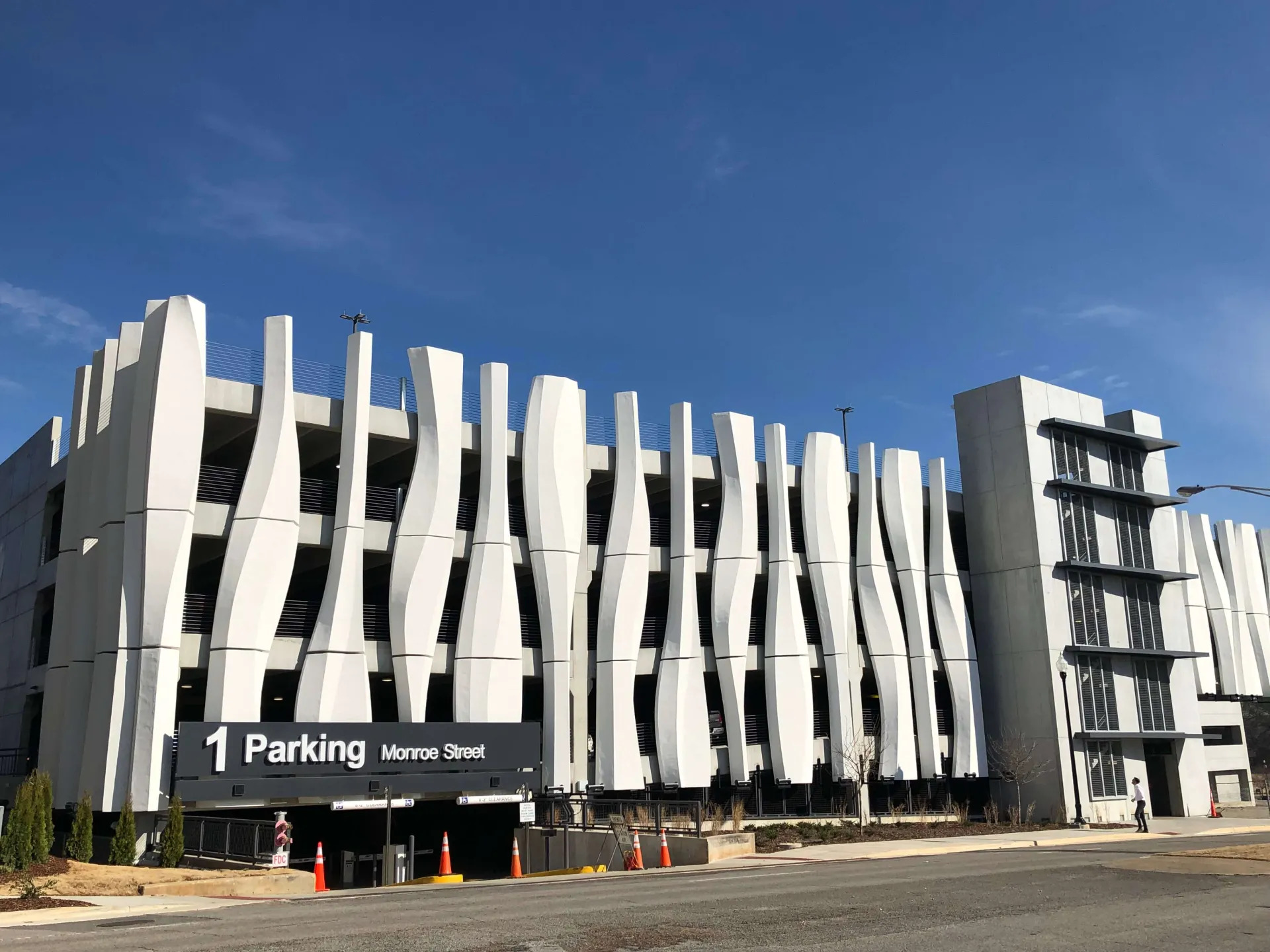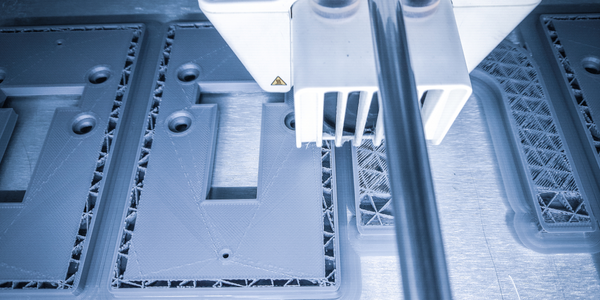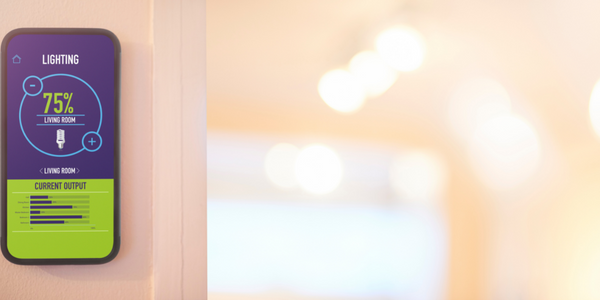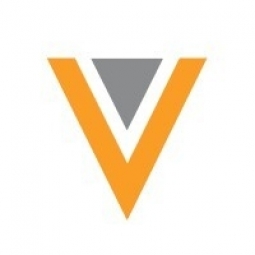适用功能
- 质量保证
用例
- 实验自动化
- 快速原型制作
服务
- 系统集成
- 测试与认证
关于客户
Illumina 是一家全球生物技术公司,专注于 DNA 测序和基于阵列的技术。该公司提供一系列产品和服务,服务于测序、基因分型和基因表达以及蛋白质组学市场。其产品被世界各地的学术、政府、制药、生物技术和其他领先机构广泛使用。 Illumina 的使命是通过释放基因组的力量来改善人类健康。该公司在管理研究构建方面面临挑战,正在寻求一种可以简化流程并改善团队内部协作的解决方案。
挑战
Illumina 是一家领先的生物技术公司,在管理其研究构建方面面临着重大挑战。传统流程需要花费三个多月的时间来编写和审查规范,之后合同研究组织 (CRO) 将建立数据库。这个过程不仅耗时,而且缺乏效率和敏捷性。然后,研究团队将审查规范,这是一个手动、纸质的过程。此外,Illumina 在用户验收测试 (UAT) 期间进行了 100% 回归测试,这是一个很大的负担。该公司还在大流行期间进行了 COVID-19 诊断试验,这需要极大的灵活性和快速的变化。
解决方案
Illumina 采用 Veeva Vault CDMS 来简化研究构建并改善研究团队内部的协作。借助 Veeva Vault EDC,该公司消除了对手动纸质规范的需求。相反,快速原型设计是直接在系统内完成的,并且 Vault EDC 自动生成规范。这使得数据管理员能够配置病例报告表 (CRF)、访问结构和基本规则,从而减少大量编程的需要。研究团队能够在线审查该系统,这有助于更好的参与和反馈。此外,Illumina 能够使用 Veeva Vault EDC 消除 UAT 期间的回归测试。系统生成了一份“差异报告”,记录了每个更改,允许团队仅测试更改。这显着减轻了 UAT 负担,并且没有增加额外的风险。
运营影响
数量效益

Case Study missing?
Start adding your own!
Register with your work email and create a new case study profile for your business.
相关案例.

Case Study
Green Planet Case Study
Ztech supplies turbine flow meters to one of the largest water utilities in Gujarat, there utility customer wanted them to provide real-time connectivity between their software and the water meter. They were also getting enquiry for a smart water meter from a lot of their existing customers too. One of their competitors had already launched its smart meter solution. They were short on time to launch such a water meter. Ztech wanted results in few weeks instead of months. They already had an water metering application but that was only designed for manual entries or hand held equipments.

Case Study
Atoll Solutions Case Study
Atoll provide rapid prototyping of IoT hardware and all the necessary blocks for quick go to market for its customers. Atoll needed a partner that could provide a platform for IoT connectivity that could reduce time to market for solutions developed using their products.

Case Study
Branch Technology: Achieving 100% Accuracy in Modeling with 3DEXPERIENCE Cloud Platform
Branch Technology, a Tennessee-based company that designs and manufactures commercial facade systems, was in need of a software solution that could process complex geometries to produce a multitude of components for various digital fabrication methods. The company was inspired by nature's efficient cellular structures and had developed a construction-scale, freeform 3D-printing technique and direct digital manufacturing approach called cellular fabrication (C-Fab®). However, they were facing challenges in implementing a digital process that could eliminate digital fabrication bottlenecks, be easily updated, and yield high fidelity parts. The company was in search of a solution that could help them imagine, compose, and construct complex design structures with ease and precision.

Case Study
Revamping Automotive Tool Design with Additive Manufacturing
The automotive industry has been facing challenges with the traditional drape forming process, a method used to adhere materials to car interiors. The conventional process uses a metal tool with heating and cooling channels to glue materials like leather onto car interiors. However, the tool, made by milling solid metal blocks, only allows for straight-line drilling of channels, limiting design possibilities. This limitation often leads to long cycle times and inconsistent heating and spreading of the glue, resulting in time and material wastage when the outcome doesn't meet the strict quality standards of the industry. The challenge was to eliminate these issues caused by using conventionally manufactured tools.
.png)
Case Study
Revamping Test Automation and Performance for Solebit (MimeCast)
Solebit (MimeCast), a company that provides identification and prevention of zero-day malware and unknown threats, was facing significant challenges with their testing processes. The existing automation tests, designed and developed by the in-house team, were not efficient. The tests were manually triggered by developers in a terminal, resulting in a large and complex file of results. The tests took over 20 hours to complete, and there was no history of the test runs available. The architecture of the test suite was unscalable, making it difficult to maintain a large number of test machines. The challenge was to create a simple runner for tests, increase their speed, redesign the architecture to support cloud platform integration, make the tests run more easily, and generate a clean report with all the necessary details. Additionally, improvements were needed for the current testing process, and some manual testing was also required.

Case Study
Automated Test Platform for IoT Lighting Systems: A Case Study
The customer, a US-based industry leader in lighting technology, had developed a proprietary wireless mesh networking protocol for their IoT-led outdoor lighting systems. These systems were used in various settings such as parking garages, airports, restaurants, and roadways. However, the functional testing of each wireless network for these diverse IoT devices became complex and adversely impacted the customer’s scalability and cost-effectiveness. The challenge was to build a test strategy that automated testing of their wireless outdoor lighting product line while sustaining the quality of their high-performance solutions.







